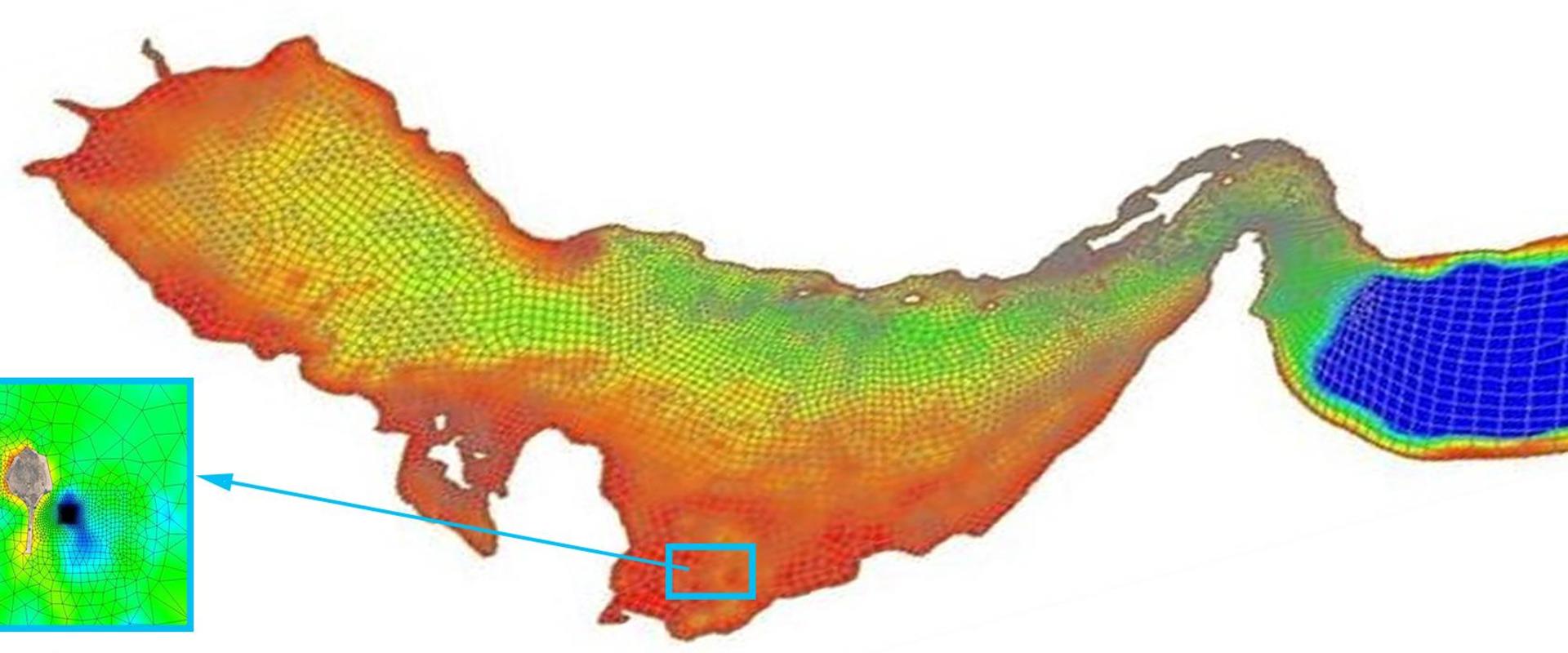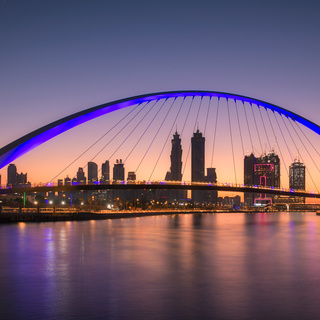
Arabian Gulf Aquaculture Feasibility Analysis
We were commissioned by the Abu Dhabi Environment Agency to undertake advanced numerical modelling at a site within the Arabian Gulf.
Food security in the United Arab Emirates is of key concern. One means by which security can be improved is through the prudent development of environmentally sensitive aquaculture operations in the region. Although it is widely recognised that the Arabian Gulf is in the main too shallow to support aquaculture operations, the Abu Dhabi Environment Agency identified a suite of sites in the Gulf that may be sufficiently deep. These are in the vicinity of Dalma Island.
We were commissioned to develop and deploy advanced hydrodynamic and water quality numerical tools to support an investigation of the environmental sustainability of proposed aquaculture operations at these sites.
Undertaking this study delivers a state of the art numerical analysis to the Abu Dhabi government to support its pursuit of improving food security.

The Arabian Canal is a unique navigable waterway set within a broad corridor of waterfront real estate development. Years ago when it was proposed, it was anticipated that the canal would host a variety of recreational and public Ferry/Water Bus vessels. BMT delivered several marine planning services to aid canal development.

We developed a 3D hydrodynamic and water quality model of the region around the Abrolhos Islands in Western Australia. In collaboration with the University of Western Australia, model results were used to assess the impact of proposed finfish aquaculture on the surrounding environment.

We are working with the Environment Agency – Abu Dhabi to establish a finfish aquaculture zone adjacent to Dalma Island in western Abu Dhabi

We conducted a feasibility study including assessment of site conditions water depths, met-ocean, geotechnical, vessel traffic, safety zones, safe access, land constraints and other conditions. We evaluated several concepts to receive, store and regasify LNG, and recommended the best option.